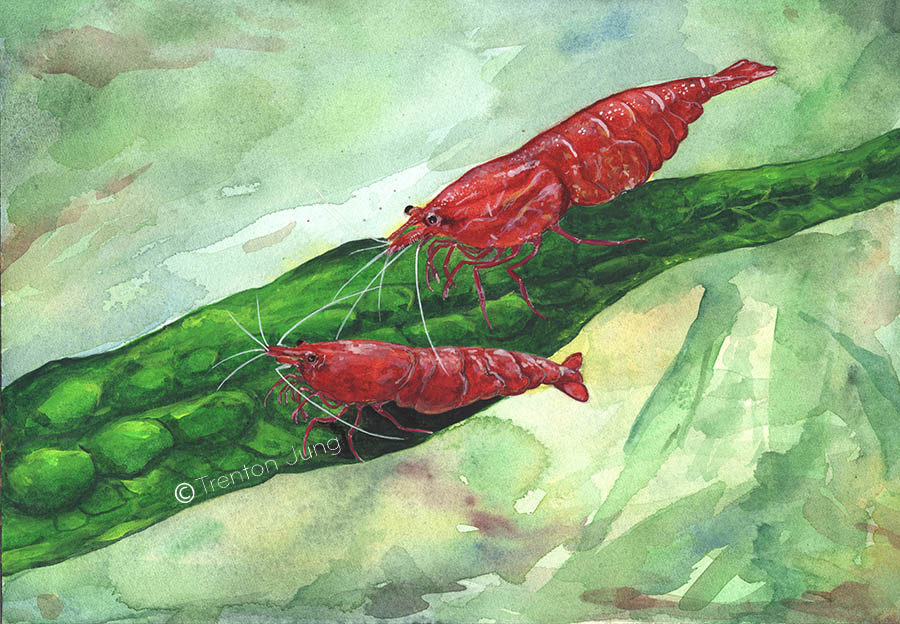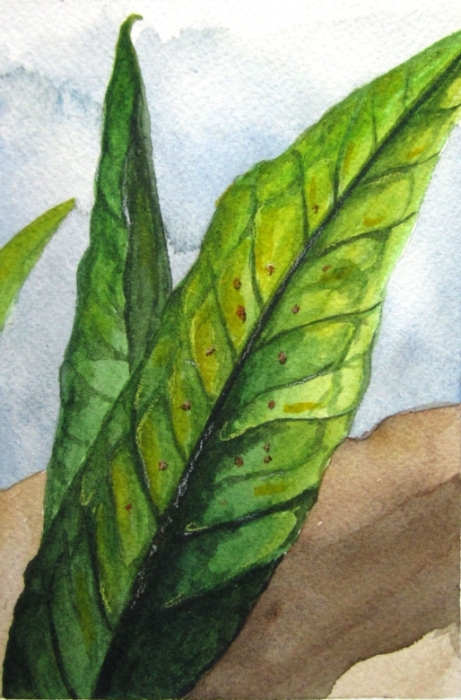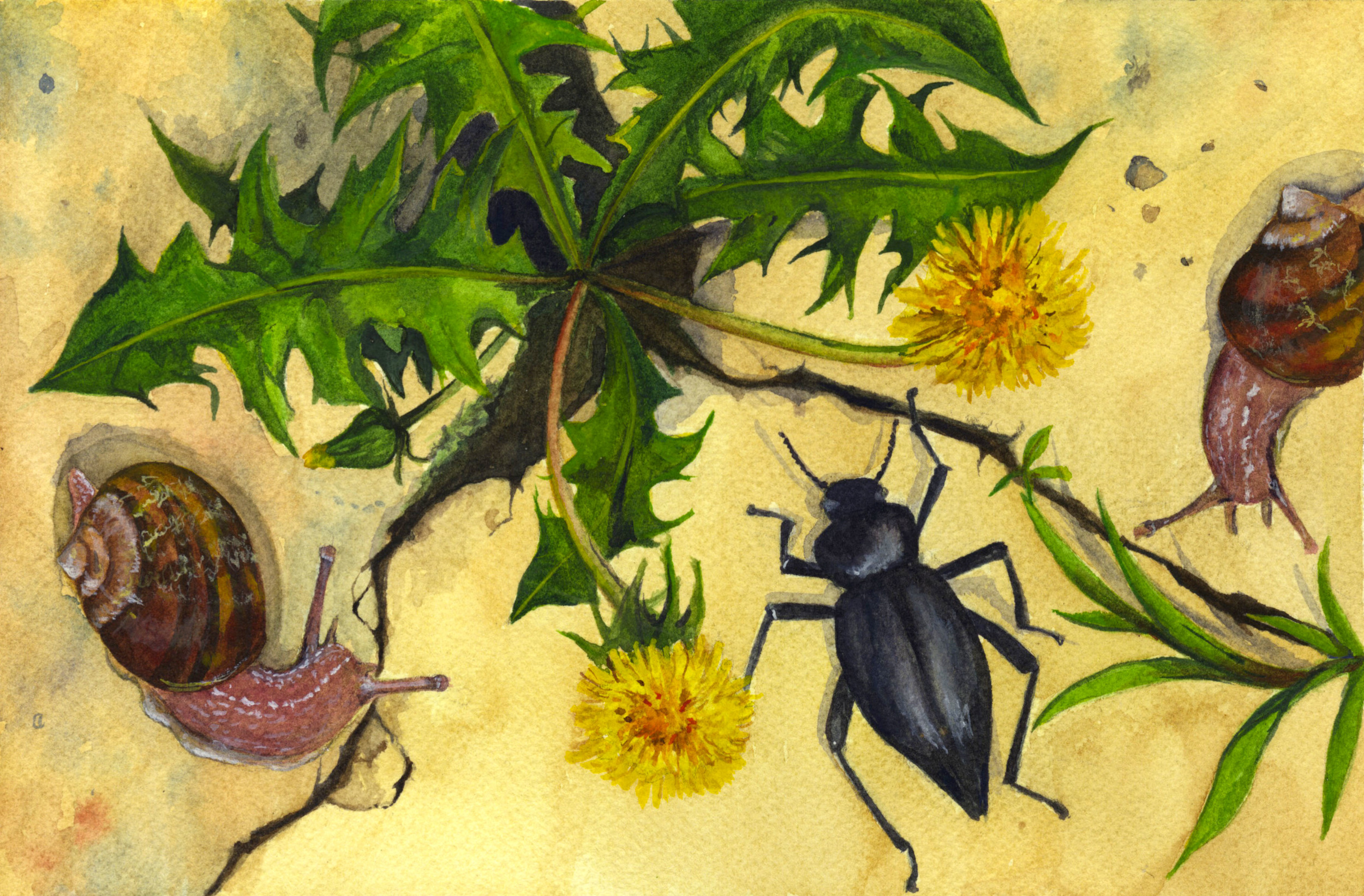Trenton W. Jung
Nature Illustration & Fine Art
The daily happenings inside and outside the studio.
View fullsize
![]()

View fullsize
![]()






















































































































